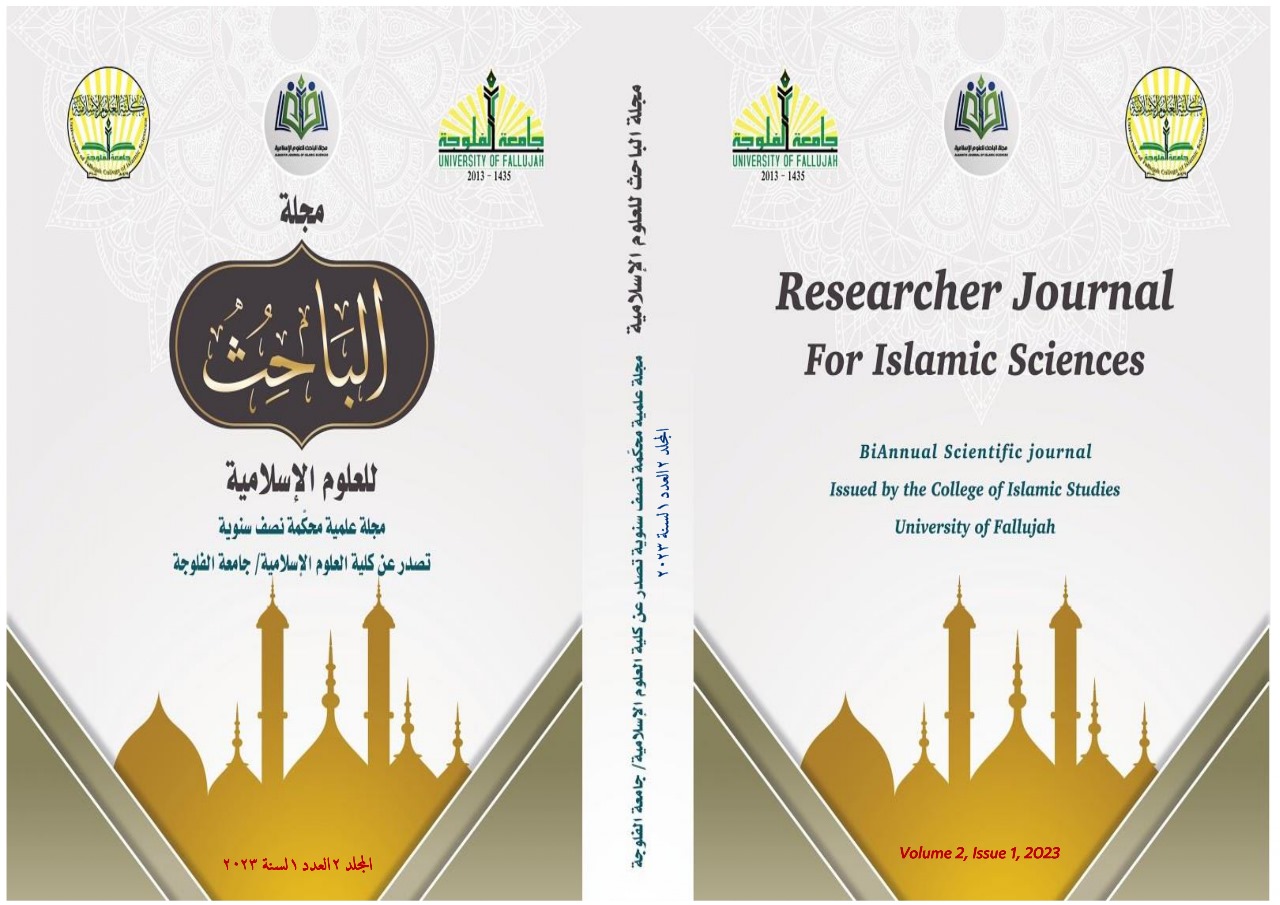Semiotics Enclosed Area in the Short Story of Haitham Nafel Wali
Abstract
The study of place semiotics and patterns is essential in the short story, particularly regarding the closed area. These places have social, political, and psychological implications and dimensions that show the writer's point of view and help the reader understand a specific idea or message. This study looks into the usage of signs in the writings of Iraqi novelist Haitham Nafel Wali in the eight story collections, who was born in Baghdad in 1965 AD. The investigation's primary concern is his short stories. His short stories centered on reoccurring themes in various settings. In these stories, the narrator discussed multiple problems that Arabs, in general, and Iraqis, in particular, had to deal with, whether they were in their native country or in a country to which they had emigrated in search of a place other than their motherland. He accomplished this by telling tales. We split the study into two sections: the semiotics of the friendly enclosed place in the short story and how the author used that location as a symbol. The second section, which is the semiotics of the hostile closed space, again reached several of the conclusions provided in the finale.
Keywords:
السيميائية, المكان الاليف, المكان المعادي, القصة القصيرةDownloads
Published
How to Cite
Issue
Section
License
Copyright (c) 2023 Researcher Journal of Islamic Sciences

This work is licensed under a Creative Commons Attribution-NonCommercial-NoDerivatives 4.0 International License.
تجربة






